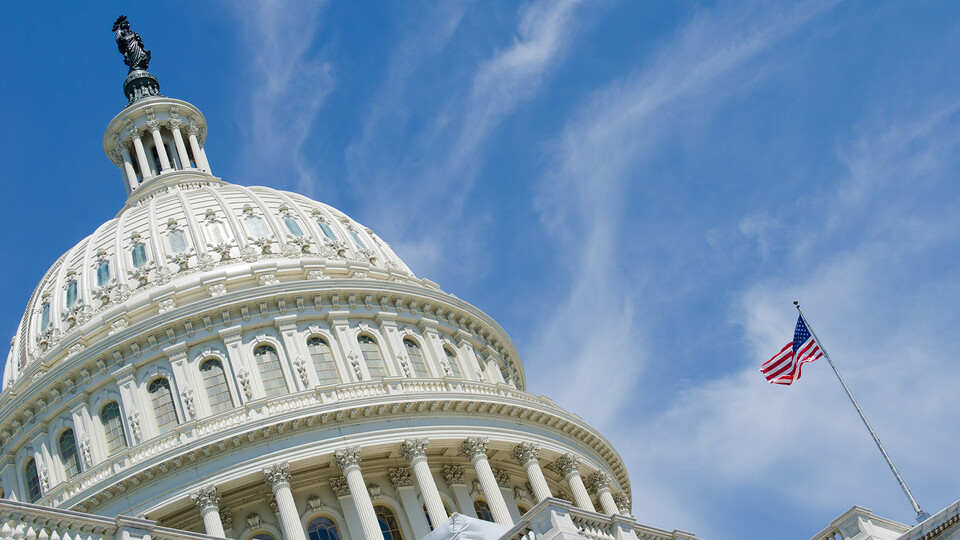Under pressure from the courts and activist groups, the Environmental Protection Agency has been trying to fix the way it registers pesticides while accounting for effects on endangered species subject to federal protective measures.
Earlier this year, the agency rolled out the Vulnerable Species Pilot and a herbicide strategy in July, both of which were criticized by growers—and the ag industry in general—who said the plans were too complicated to implement and would prohibit applications of crop protection products on millions of acres of cropland. For the VSP alone, the U.S. Department of Agriculture has said 14 million acres, while the American Soybean Association put the number at 97 million when taking into account both avoiding species habitat and mitigating for pesticide use.

However, the agency appears to be listening to farmers and ranchers. EPA recently issued an updated VSP, which may not require avoidance, but rather focus on minimization.
EPA’s Jan Matuszko, director of OPP’s Environmental Fate and Effects Division, said after meeting recently with state regulators the agency wants to gather more input before finalizing its VSP, the next update for which will be in fall 2024.
On avoidance areas, she said the agency is looking at “where they’re needed and where they’re not.”
“We’re still considering things. We’re still working on it,” Matuszko told Agri-Pulse.
“The overarching message is we are listening to the states, we’re listening to our stakeholders, and we’re adjusting,” she said. “These are firsts for us, too,” she added, emphasizing the novelty of the approach and the need for more feedback to refine it.
“When we put out a draft, it’s a draft,” Matuszko said. “It’s our current thinking. It is not final. We’re open to new ideas, we’re open to thinking about it differently.”
While welcoming the change of heart from EPA, some grower groups are still worried that there is not much detailed information in the revisions.
The update “doesn’t provide a whole lot of reassurance,” said Kyle Kunkler, ASA’s director of government affairs. “We’re not seeing a lot of detail.”
Nevertheless, he said ASA is pleased EPA continues to reach out for feedback and says the group is having conversations with EPA officials about the species and herbicide strategies.
At a recent meeting, state pesticide regulators expressed concern with the pace of the pesticide proposals and enforcement. In addition to the VSP and the herbicide strategy (which is due to be finalized in May 2024), EPA recently rolled out a rodenticide strategy, is planning to release an insecticide strategy in January 2025, and has a fungicide strategy on its schedule, though no release date has been announced.
State officials, who are responsible for enforcement of the federal pesticide law in their states, almost uniformly expressed trepidation about the new strategies, at a recent meeting of the State FIFRA Issues Research and Evaluation Group.
“Traditionally, we hold the applicator responsible for following the label,” Roger Mackedanz of the Minnesota Department of Agriculture said on the sidelines of the meeting. But with EPA considering ways for growers to mitigate using conservation practices such as cover crops or filtered buffer strips, “there are some potential land use issues” involved that could complicate matters.
An EPA official at the meeting called potential enforcement situations “a case-by-case situation” but that “in general, a grower could be held liable.”
“States unanimously conveyed a sense of unpreparedness, underscored by a shared belief in the necessity for further training,” state pesticide regulators in EPA Region 4 states said in comments shared at the meeting. The region includes Alabama, Florida, Georgia, Kentucky, Mississippi, North Carolina, South Carolina, Tennessee, and six tribes.
The one thing we know for sure: Farmers and ranchers will need to keep a close watch on EPA’s final rulemaking. A map shows where the 27 vulnerable species are located across the country.
Editor’s note: Sara Wyant is publisher of Agri-Pulse Communications, Inc., www.Agri-Pulse.


